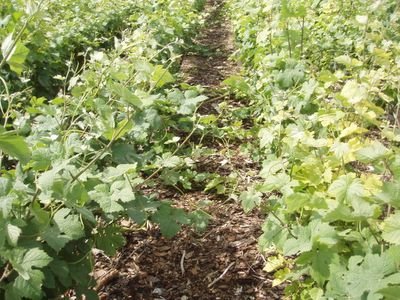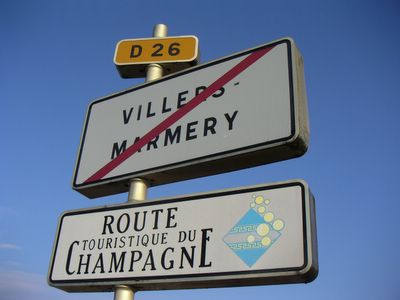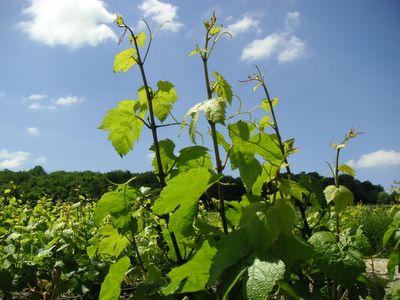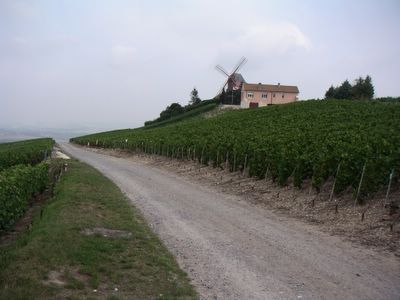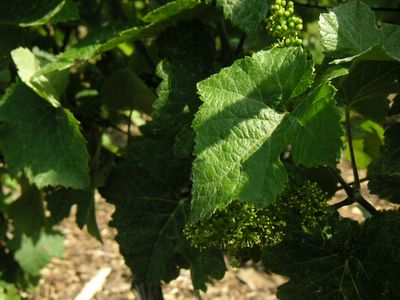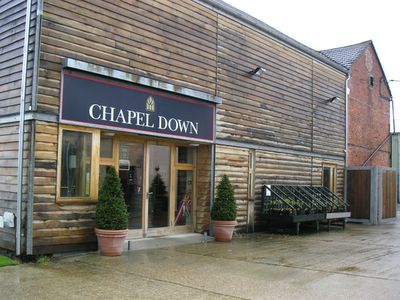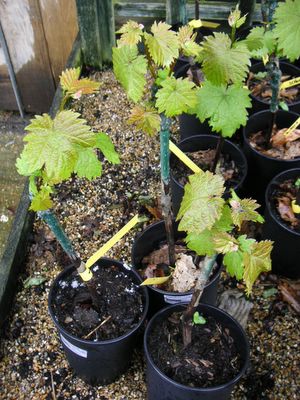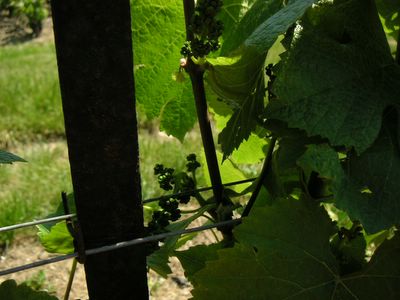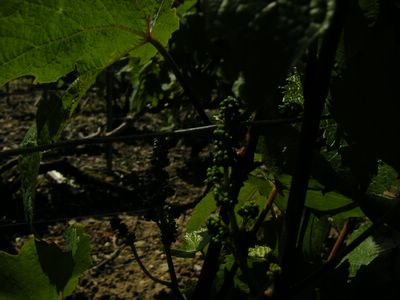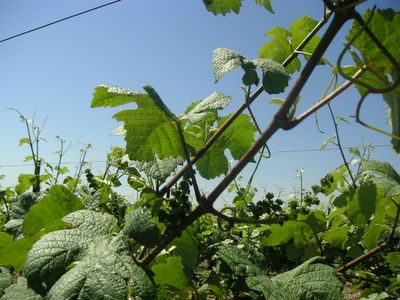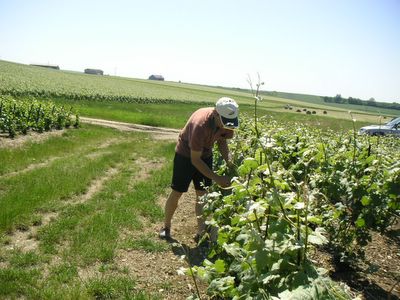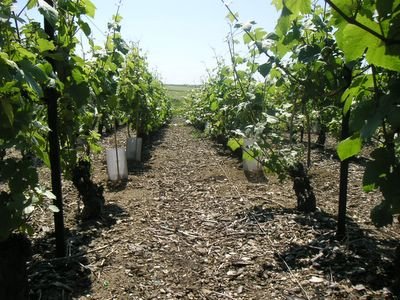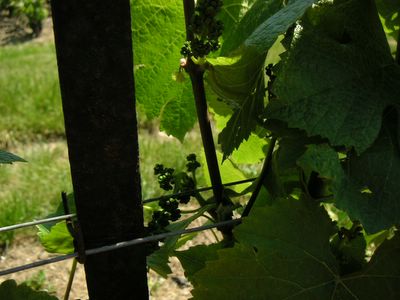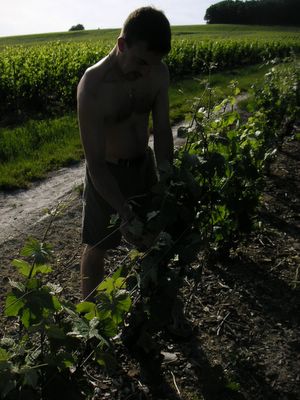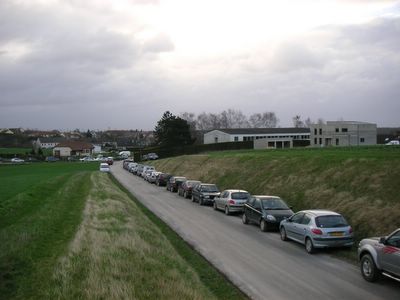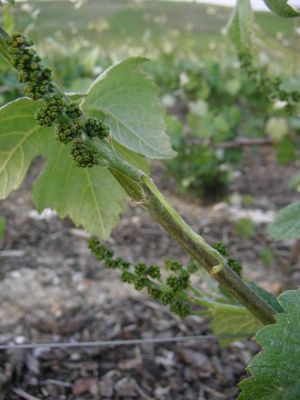Vranken and Nicolas Feuillatte can both celebrate success in an area, that now looks more like a closed party for anybody who is not what French women's glossies would call richissime.
Both groups have worked their way all up into the top league of champagnes, and both have contributed with interesting news.
From outer to inner lines
Today it does not look like extreme wealth, when you eye the approximately 100.000 francs, that Paul-Francois Vranken, had to come up with to establish himself in the local economy in Champagne. Even of course 100.000 francs have provided a very different and much higher purchasing power 30 years ago than it would have today.
Since the 1990'ies Vranken has fought his way on the outer lines and bought respected brands such as Heidsieck and Co Monopole and Pommery, and created others such as Demoiselle and Charles Lafitte.
Today where the Vranken-group is amongst the five biggest in Champagne, the insatiable - so it seems - Belgian has moved onwards and now fights the inner lines.
At the website of the group Paul-Francois Vranken explains, that the objective of his group is to "conquer every Champagne-tasting moment on the five continents with the twin forces of Prestige and Luxury". He has also said, that for him the next challenge will be to make the customers buy different champagnes not just for the aperitif but to serve along the entire meal.
Vranken celebrated the jubilee with a concert with the American group Earth, Wind and Fire for the employees. Maybe to reflect the personal, musical preferences of the president. Anyway Earth, Wind and Fire must be in the 30 years league as well as Vranken, so you may consider the concert symbolic in this sense.
A cooperative that agrees
The other company celebrating its June-jubilee is the cooperative Nicolas Feuillatte, also in top five, and like Vranken it has worked determinedly on joining the class of the grand, old marques of champagne.
In these 30 years Nicolas Feuillatte has succeeded to develop from a purely national business to an international player as well. Today the cooperative exports 43 percent of its almost eight million annual bottles. The sale has grown 10 times bigger in 10 years.
It is also an example of a very big cooperative that has succeeded joining forces and visions into this "big step forward". Everybody who knows just a little bit about the anarchistic distaste of the French when it comes to fit into other opinions than their own must simply respect how far the bosses of Nicolas Feuillatte have managed to develop the common brand during those 30 years.
After all Nicolas Feuillatte consists of 82 smaller cooperatives with all in all 5.000 winegrowers who all must agree... Feuillatte has 2100 hectares in different spots in Champagne at its disposal, which provides rich possibilities of a big number of different cuvées. And that is obvious if you check the big selection available at the website. That is if you ever manage to pass the big number of animated bubbles to arrive into the correct page...
Future in small bottles
The Vranken-owned Pommery and Nicolas Feuillatte have one thing more in common. They both boast very trendy, very cool minibottles in their assortment.
Pommery was the first grande marque to introduce its very referred-to POP in the market in 1999. Just on time for the Millenium sales. The content is 20 centilitres, and you drink it straight from the bottle or with a straw. Feuillatte minibottles are called One/Four, since they contain a fourth of an ordinary 75 centilitres bottle, a bit less than POP that is.
Both minies exist in an ordinary brut and a brut rosé version. The content of the Feuillatte-mini is the same as in the bigger bottles. POP is a speciel blend for the taste of the new millenium, claims Pommery. You can buy POP in a 75 centilitre version as well though.
I do not know the market share of these small bottles. They are surely made to convince new customers. The little bottles make it possible to buy yourself some ultimate luxury in everyday life without being Rockefeller. It shall be interesting to see, if the POP-generation will move onwards to the more classic assortment as it grows up...
På dansk
Copyright: The copyright for text and photos at bobler.blogspot.com belongs to Solveig Tange. You may use my articles, photos or parts of them for non-commercial use and if I am credited as the author. Feel free to link to this site but not in your own frameset please.



